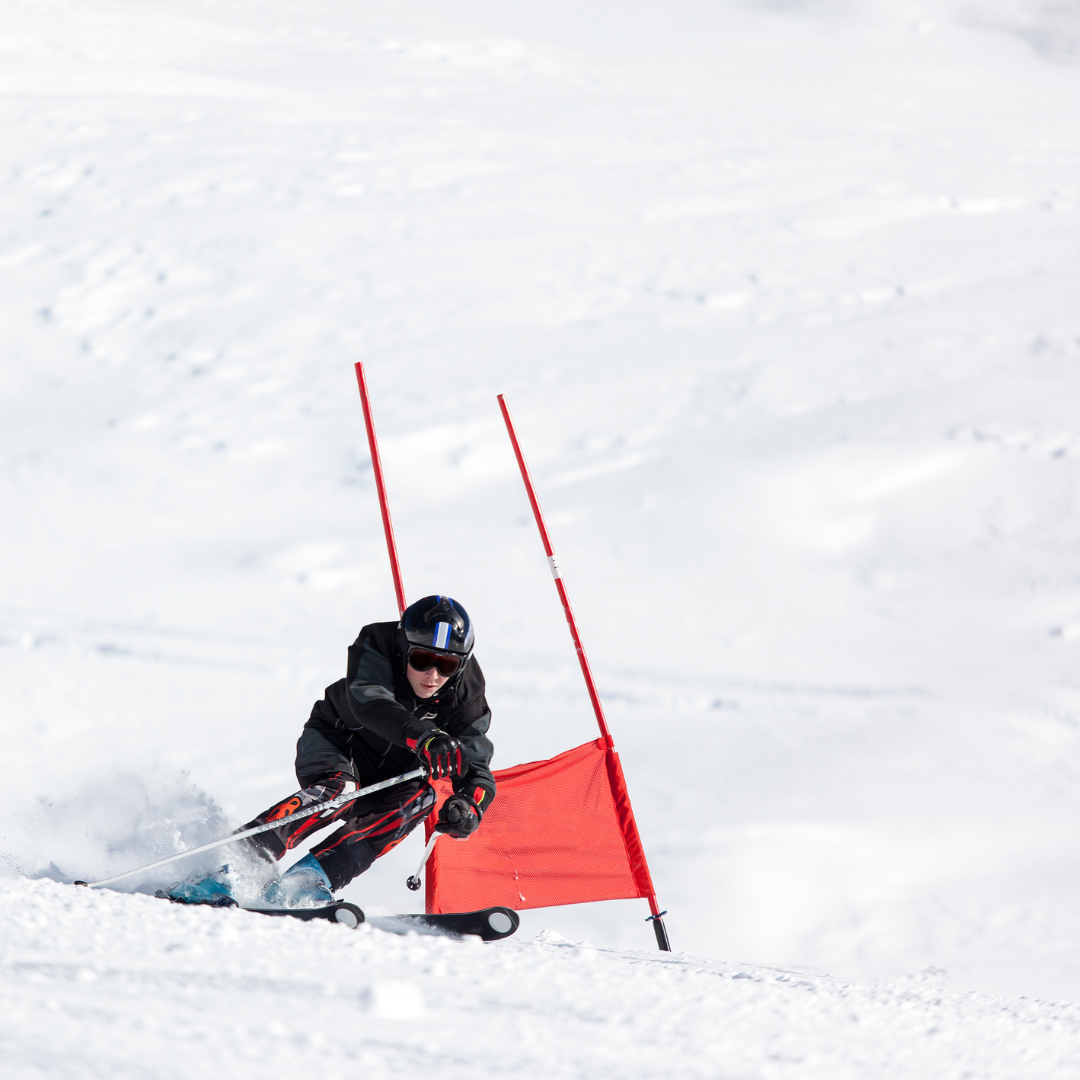While many participants in the Winter Olympics come from nations with cold climates, countries such as Norway, Germany, Canada, the United States and the Netherlands have largely dominated the medal standings during the 2018 games.
Athletes competing in the Winter Olympics come from diverse geographic backgrounds, raising the question of how to prepare competitors from tropical regions for cold, snowy weather conditions. Looking ahead to the 2022 Winter Olympics in Beijing, it's fair to ask how these athletes are physically preparing for the harsh cold, and how these strategies might be applied in personal winter training.
This article looks at the process of cold acclimation, highlighting its importance for athletes, and explores some strategies that competitors can adopt to effectively prepare for low temperatures.
Impact of Cold Temperatures on Athletic Performance
Interestingly, training in cold conditions has health benefits. However, it is crucial to be prepared for low temperatures, as improper performance can compromise results, especially for Olympic athletes for whom a medal may depend on a fraction of a second. Studies have shown that cold can lead to a reduction in strength and coordination, impacting performance in agility and vertical jumping.
Cold Acclimation Process
Cold acclimation is a natural process in which the body adapts to cold conditions. Significant physiological changes occur in those accustomed to the cold, such as less skin vasoconstriction and reduced release of stress hormones. These adjustments allow individuals to feel more comfortable in lower temperature environments.
Cold Acclimation Strategies for Athletes
While athletes from cold countries acclimatize naturally through outdoor training, those from tropical regions must adopt specific strategies. Immersion in cold water, cold showers, and exposure to cold air are all methods that can speed up the process of adapting to the cold.
Various studies have shown that immersion in cold water, such as with an Icepiration cold bath, promotes faster adaptation to the cold. Cold showers may also be beneficial, although the effect may vary compared to cold baths. Additionally, exposure to cold indoor environments can help prepare athletes for winter conditions.
Strategies for Coping with the Cold
Athletes must be prepared to perform in varying weather conditions at the Olympic Winter Games. Some strategies include warming up properly, wearing appropriate clothing, maintaining physical activity to generate body heat, and using specific outfits like insulated uniforms and battery-heated jackets, as observed during the Games of 2018.
In conclusion, if the 2022 Winter Olympics have sparked your interest in winter sports, consider exploring methods like Icepiration cold bath immersion to acclimate to the cold and prepare for activities outdoors.


Ice Baths vs. Other Recovery Methods: Which is the Best Option?
Dive into the Frosty Trend: Ice Baths, Secrets of Well-Being and Performance!